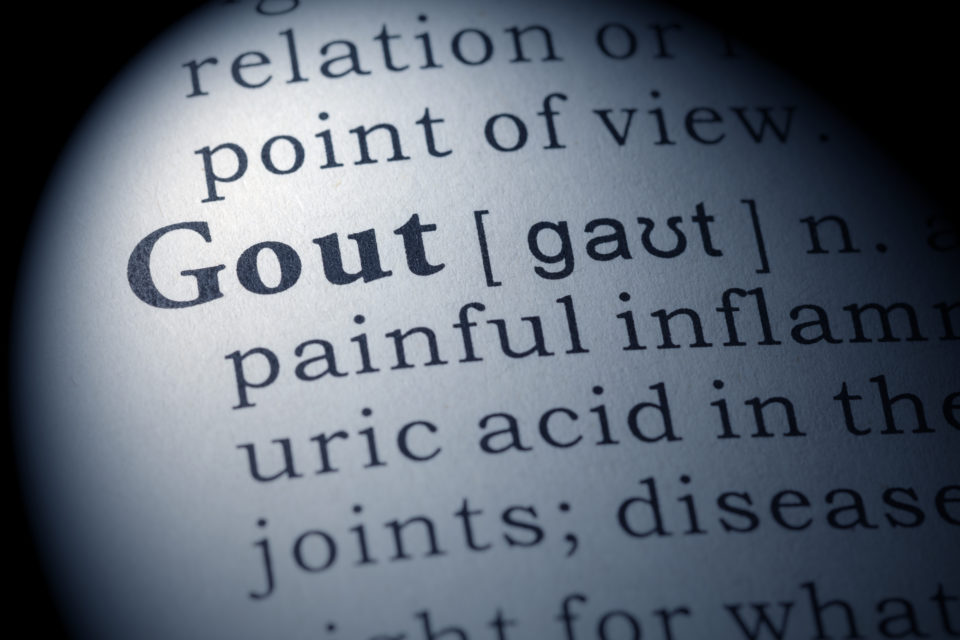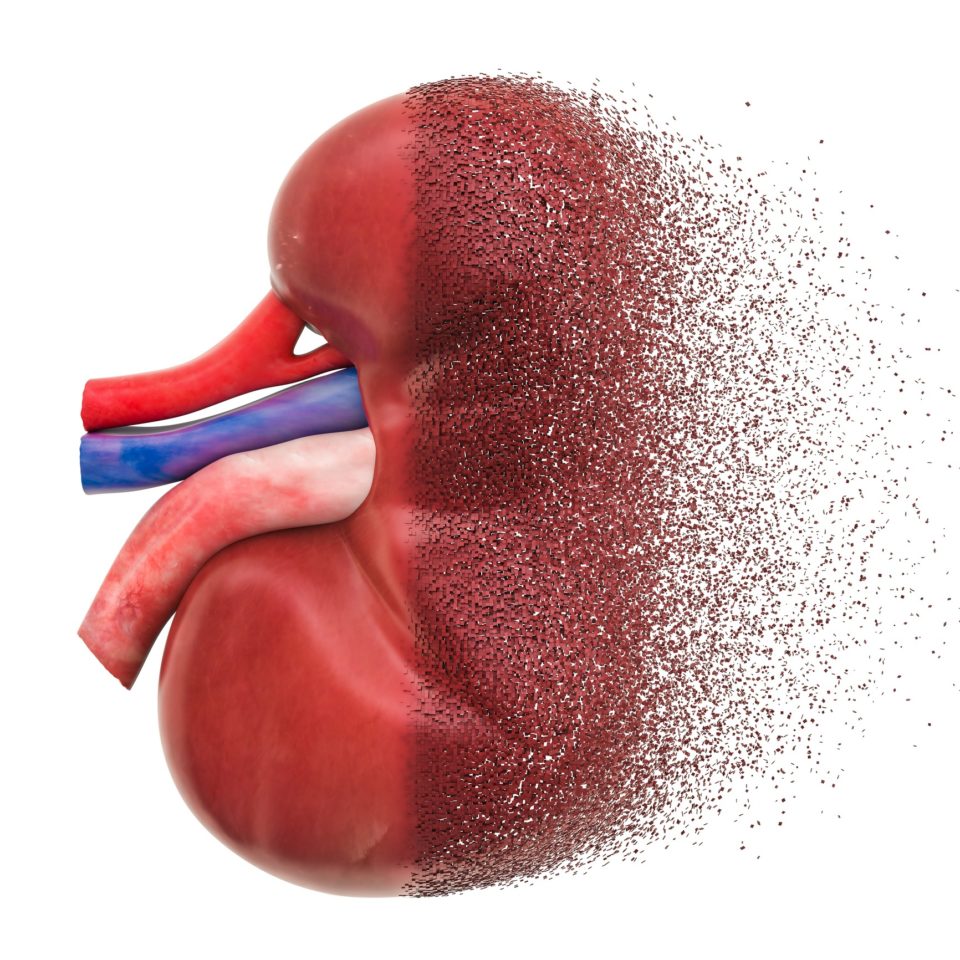
In dialysis-dependent patients with end-stage kidney disease (ESKD), hyperphosphatemia is treated with phosphate binders. Christine Ferro and colleagues conducted a study to compare all-cause healthcare expenditures among Medicare fee-for-service beneficiaries with ESKD who were receiving phosphate binders during chronic outpatient dialysis.
The researchers presented results of the study during a poster session as NKF SCM22. The poster was titled Real-World All-Cause Healthcare Costs among Dialysis-Dependent Patients with Chronic Kidney Disease on Phosphate Binders.
The study utilized data from the Centers for Medicare & Medicaid Services (CMS) 100% Research Identifiable File (RIF). Prevalent patients with dialysis-dependent ESKD in the 2018-2019 RIF data were identified. Based on frequency of revenue codes, the patients were divided into hemodialysis and peritoneal dialysis. The researchers assessed monthly phosphate use for calcium acetate, ferric citrate, lanthanum carbonate, sevelamer (hydrochloride and carbonate), and sucroferric oxyhydroxide.
Phosphate binder use was defined as a filled prescription covering 15 or more days in a month. CMS ESRD risk scores (2019) were used to normalize all-cause healthcare allowed costs per patient per month (PPPM).
A total of 134,964 patients with dialysis-dependent ESKD with ≥1 month of phosphate use in 2019 were identified. The mean all-cause PPPM cost was $9723 ($3467 [36%] in outpatient dialysis; $2527 [26%] in inpatient facility; $2732 [28%] in other Part A/B services; $449 [5%] in phosphate binders; and $548 [6%] in other Part D drugs).
Mean PPPM costs were similar in patients receiving hemodialysis and those receiving peritoneal dialysis ($9722 vs $9743, respectively). However, there were differences in the components of cost. Among patients receiving hemodialysis, inpatient facility and outpatient dialysis costs were lower, but professional, skilled nursing, and transportation costs were higher than among patients receiving peritoneal dialysis.
There was variation in mean costs by primary phosphate binder. Patients on sucroferric oxyhydroxide had the highest PPPM costs while those on calcium acetate had the lowest costs ($10,532 vs $9104, respectively).
In conclusion, the researchers said, “After normalizing for the relative health status of patients, we found no difference in all-cause healthcare costs between hemodialysis and peritoneal dialysis; however, components of care varied by dialysis modality. Healthcare costs also varied by phosphate binder. Further studies are needed to determine if healthcare utilization and outcomes, particularly for services in the CMS ESRD bundle, also vary. These studies could identify opportunities for better control of phosphate levels among patients with CKD.”
Source: Ferro C, Dieguez G, Metz S, et al. Real-world all-cause healthcare costs among dialysis-dependent patients with chronic kidney disease on phosphate binders. Abstract of a poster (Poster #189) presented at the National Kidney Foundation 2022 Spring Clinical Meetings, Boston, Massachusetts, April 6-10, 2022.







 © 2025 Mashup Media, LLC, a Formedics Property. All Rights Reserved.
© 2025 Mashup Media, LLC, a Formedics Property. All Rights Reserved.